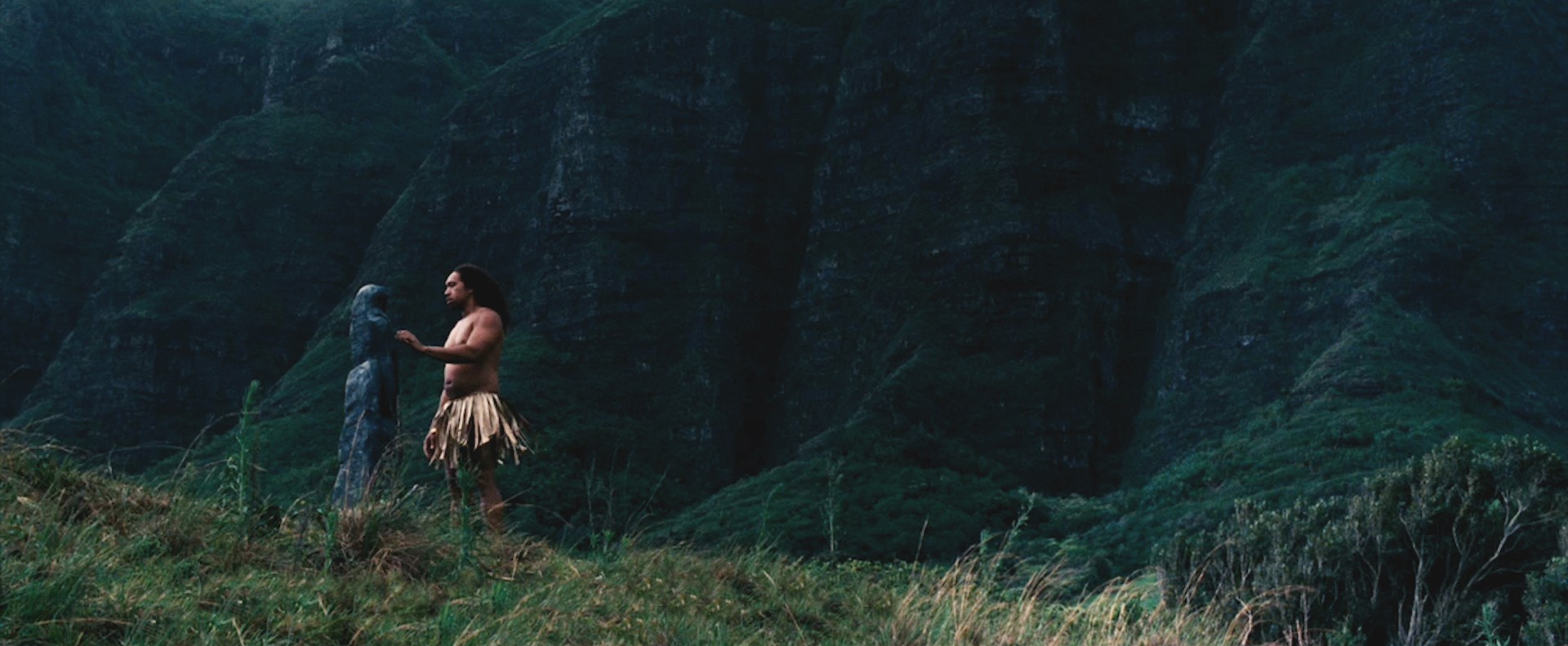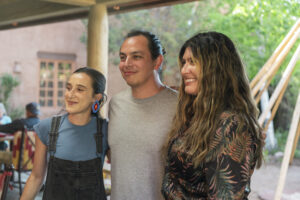“Stones” courtesy of Ty Sanga.
By Ianeta Le’i
Food and film are two universal languages that connect us. They can draw upon long forgotten memories, take us to a place we’ve never been, and say something we could never say ourselves. From dropping frybread into hot oil while listening to the Sunday afternoon movie playing on the TV in the living room to a big tub of buttery popcorn you nervously split on a first date at the movies; film and food have always found a way together.
As we move into November, the concepts of food and film are ever present. Award season films grace the silver screen, cranberry sauce that somehow retains the can lines, and evenings spent hunkered inside trying to decide what to watch and what to eat. With this in mind, our Sundance Indigenous Program staff have each curated a “dinner and a movie” experience.
Tune in over the next three weeks as they share a favorite film and the food that they would enjoy with it.
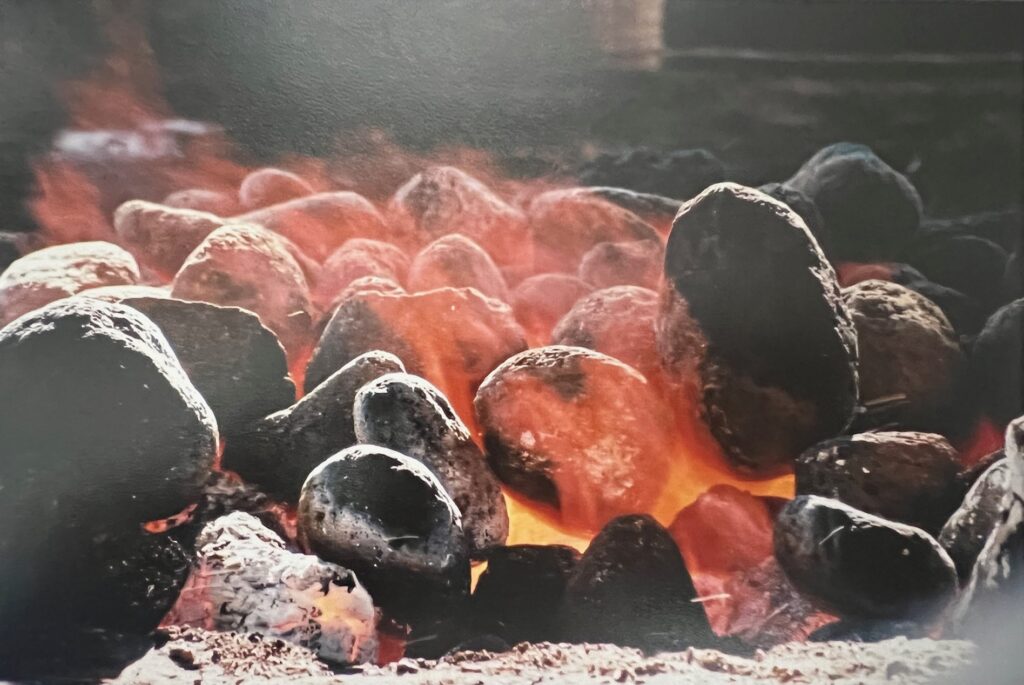
As a Japanese/Portuguese/Samoan woman raised in Waialua, Hawai’i I found myself adrift in Utah. As a recent college graduate, searching for ways to fill my time, I discovered the Sundance Film Festival as a volunteer at the 2011 Festival. The atmosphere was abuzz with excitement in the rustic and cozy Sundance Resort theater. Lots of staff asked if I saw the “Hawaiian film,” and I was excited to flip through the Festival catalog to learn more about it. It turned out that Ty Sanga, a Native Hawaiian filmmaker and 2011 Native Lab Fellow, had a short film called Stones in the lineup that year. I was so excited to see it (and stave off my recent bout of homesickness), but unfortunately due to work constraints, was unable to see it at the Festival. The following month, I had reached out to him via Facebook to see where I could view the film, and he sent me the following message:
“
Aloha, I can’t remember if you asked about getting a chance to see Stones. If you did, here’s a link to the film…hopefully it [brings] you a little aloha in Utah.
Stones not only brought aloha to the cold Utah winter, but shoveled a path to a new career and passion. From then on, I knew that I wanted to be a part of Indigenous storytelling and helping others see films like these. I’m not sure if Ty is aware of how many people his film has touched, but most in the Hawai’i film industry will agree that he and his work has shaped a new generation of local filmmakers and audiences. I’m happy to call him a friend, and appreciate his openness to share a link with a stranger over 13 years ago. It’s my privilege to share with you a film that has shown me the limitlessness of cinema’s potential, and has transformed and defined what film means to me.
Set in ancient times in the islands of Hawaiʻi, a forlorn woman living in isolation with her husband meets a child from a nearby village and contemplates whether she should bring her into her mystical world. Written and directed by Ty Sanga, filmed in Hawai’i and in the Hawaiian language with English subtitles. https://oiwi.tv/stones/
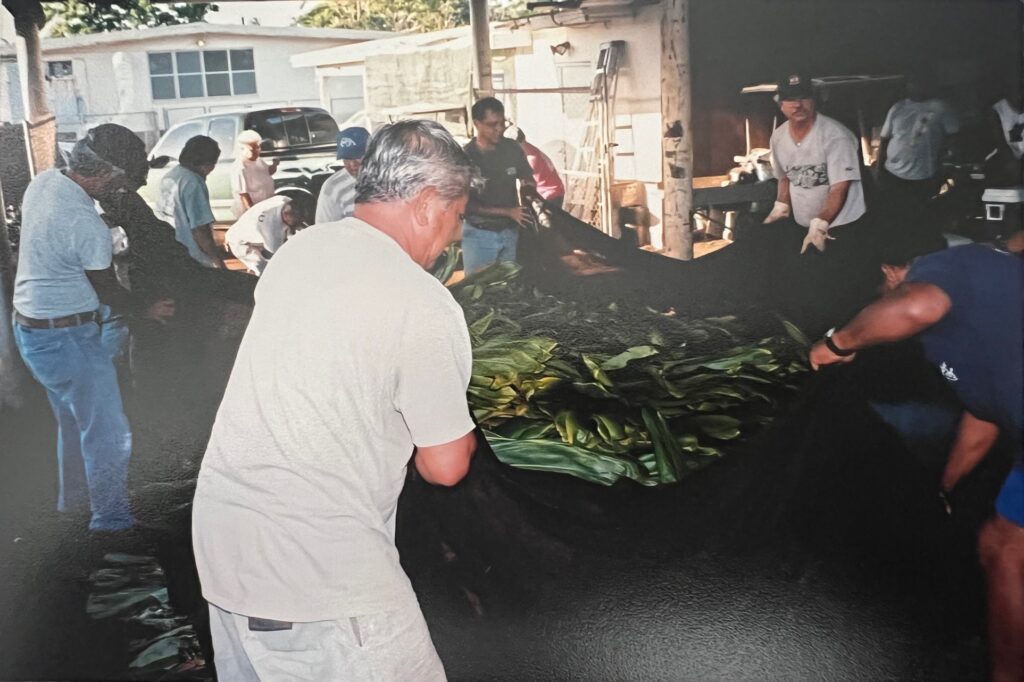
Since birth, food has been a love language for me: from my grandmother preparing Japanese ozoni early in the morning on New Year’s Day, or fresh fish caught by my uncle and lovingly prepared into poke, to my partner (who is a chef) preparing roulades, bolos, or custom cheesecakes for our family. It was difficult deciding what culinary delight to pair with this film and, since I can’t present you with a cookbook, I had to settle on one recipe. I landed on sharing something simple with ingredients that can be found anywhere:Kalua Pig. This dish is a Hawaiian staple —slow roasted pork, traditionally made in an imu (underground oven using hot stones. See what I did there?) and most always served at lūʻau. Similar to carnitas, Kalua pig boasts a smoky flavor from the imu, which is replicated by adding liquid smoke. If you don’t have the luxury of digging up your own imu, you can make it in the oven or slow cooker. Our family typically eats it mixed with cabbage, and over hot rice or poi.
I would be amiss if I failed to mention that Sanga is also the writer-director of the beloved Hawai’i-based food show Family Ingredients, which explores the many cultures and foods that have shaped Hawai’i as we know it today. Please visit https://familyingredients.com/ to check out a few amazing episodes and find even more recipes!
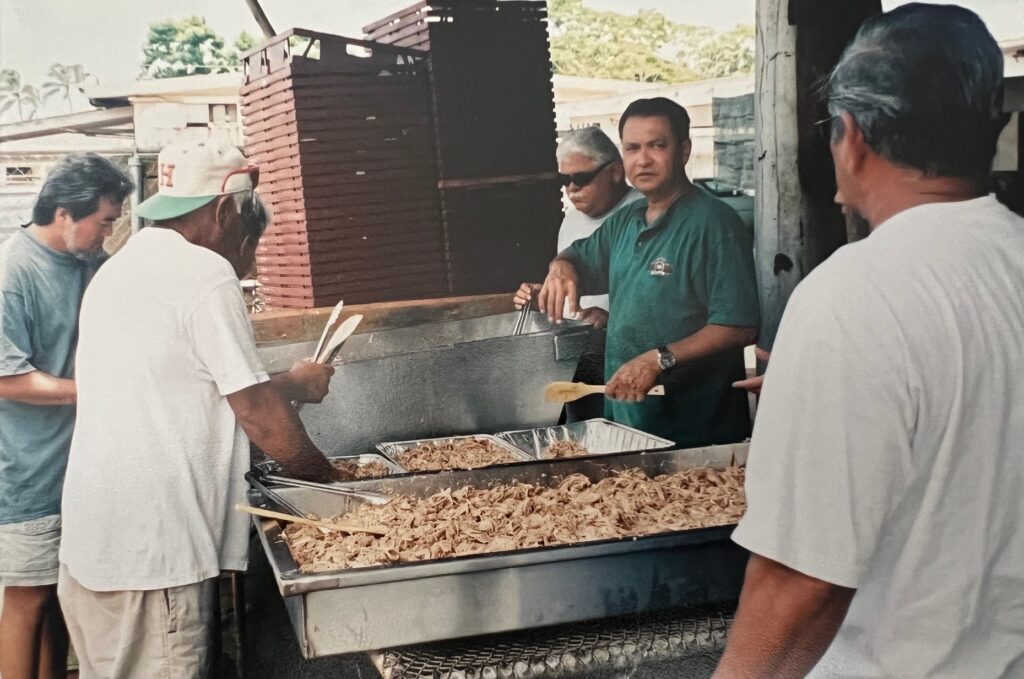
Kalua Pig
INGREDIENTS
5 pounds Pork Butt or Pork Shoulder
2 tablespoons liquid smoke
2 tablespoons Hawaiian salt (or sea salt)
DIRECTIONS
- Preheat the oven to 250 degrees F.
- Score the pork butt on all sides with a diamond pattern. The incisions should be no deeper than ¼ inch deep.
- Rub the pork butt with the liquid smoke and Hawaiian salt.
- Place the pork butt in a 9-by-13-inch pan lined with foil. Cover with foil and place in the oven.
- Cook for 8–10 hours or until fully cooked and easily shreds.
- Remove from oven and allow to cool; Shred the pork. Adjust the seasoning and moisture of the kalua pork with salted water.
*If using a crock pot, follow steps 2–3, cover and cook on low for 8–12 hours, turning once about halfway through.

